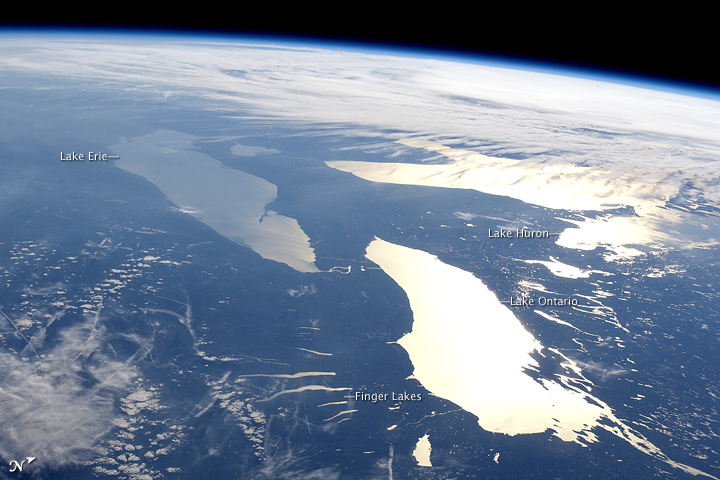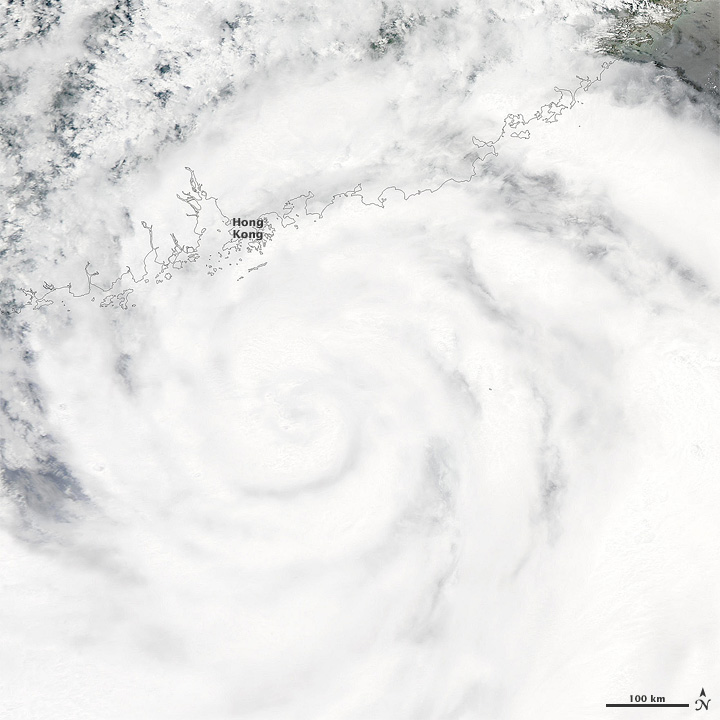Best Earth Images of the Week - July 27, 2012

Season opener

A lonely webcam at an Antarctic station recently captured images of the first sunrise to light the sky in two months, marking the end of winter darkness in its neighborhood of East Antarctica.
The sun set for austral winter in mid-May, plunging Belgium's Princess Elisabeth Station into two months of night.
[Full Story: First Sunrise of Season Blazes into Antarctic View]
Teensy turtles

A big baby boom of teeny turtles has hit the Tennessee Aquarium, and keepers have their hands full caring for their newly-hatched charges, among them some rare species whose populations are facing steep declines in the wild.
The Chattanooga institution has welcomed 20 reptilian bundles of joy in recent weeks.
Eight yellow-blotched map turtles have hatched so far, and still more could be born before the end of the season, according to a statement from the aquarium.
[Full Story: Photo: Host of Tiny Turtles Born at Aquarium]
Shining beauty

An astronaut aboard the International Space Station snapped this photo of several of the Great Lakes and New York's Finger Lakes. The mirror-like appearance of the water bodies is due to sunlight reflecting toward the observer.
If the viewing and lighting conditions are ideal, that mirror-like surface can extend over very large areas, such as the entire surface of Lake Ontario, which is 7,300 square miles (19,000 square kilometers).
[Full Story: Astronaut Photo Shows Sun Glint Off Great Lakes]
Rare shot

A group of monkeys whose nostrils are so upturned they are said to sneeze audibly when it rains has been discovered in China, say researchers, who have now snapped the first photographic evidence of the snub-nosed monkeys there.
The monkey species, Rhinopithecus strykeri, was first reported to exist in October 2010. With no photographic evidence of a live specimen that year, the researchers made a Photoshop reconstruction of it based on a Yunnan snub-nosed monkey and a carcass of the newly discovered species.
[Full Story: Elusive Sneezing Monkeys Photographed in a First]
Out to sea

A massive iceberg that recently broke away from one of Greenland's largest glaciers is making its way downstream and toward the open ocean, a new satellite photo reveals.
The drifting island of ice split from the Petermann Glacier's ice shelf the front end of a glacier, which hangs off the land and floats on the ocean.
[Full Story: Massive Greenland Iceberg Heads for Open Waters]
Raging storm

A massive typhoon is now hammering Hong Kong, and a recent satellite image of the storm showcases its monstrous reach.
Typhoon Vicente began its life as a tropical depression over the western Pacific Ocean and quickly gained strength, developing into a powerful typhoon a different name for the same phenomenon as a hurricane on Monday (July 23).
[Full Story: Furious Typhoon Vicente Snapped from Space]
Get the world’s most fascinating discoveries delivered straight to your inbox.



